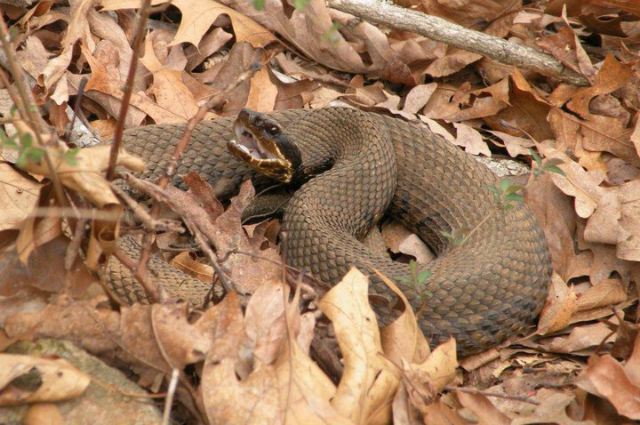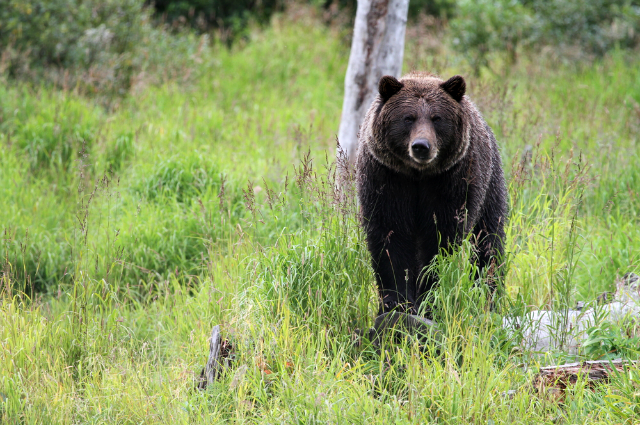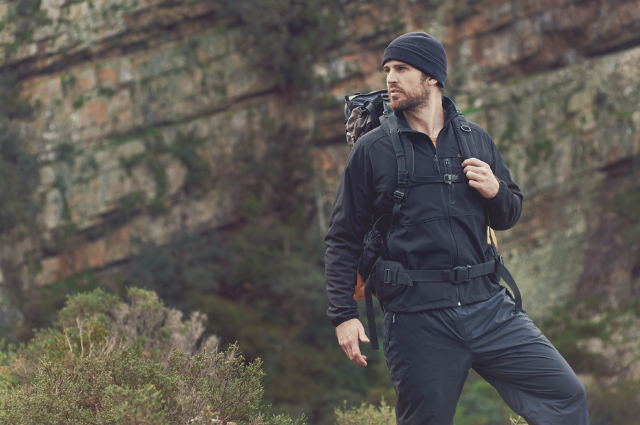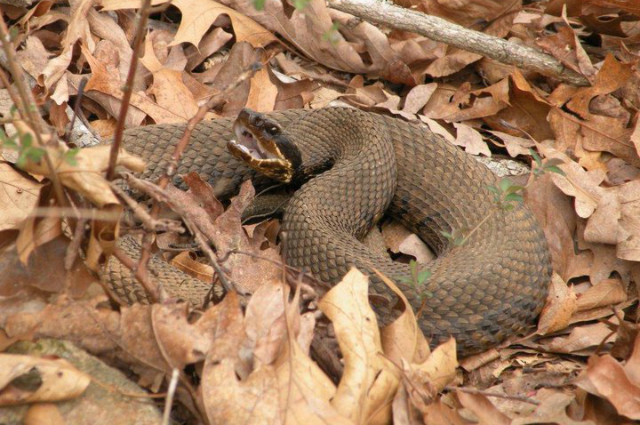Hopefully none of you have been in situations that could cause you harm due to the myths outlined below. But just to be safe, we want to explain the myth and show you how you could be affected in “reality”.
MYTH: You can outrun a bear
It’s that persistent fear in bear country. “You’re coming through a willow thicket,” said Nester, “and you can’t see what’s on the other side, and [the bear] can’t smell or see you, and you clear the brush and—boom—there’s one six feet away from you.” If the bear doesn’t run away first, your own flight instinct is likely to kick in. But be warned…
—Mark LebetkinREALITY: No you can’t; know how to react instead
Running away from a bear is a lost cause: Usain Bolt himself couldn’t beat one in a footrace, let alone on uneven terrain. The best thing to do depends on the species. If you encounter a black bear, said Nester, “Hold your ground and make yourself look big—open your coat up, throw your arms up above your head—and shout and scream and, a lot of times, they’re as spooked as you are, and will take off.” Take the opposite approach with a grizzly: “Avoid eye contact, which a bear will perceive to be a challenge. If the bear's not approaching, back away slowly. If it charges, simply stand your ground. If you have pepper spray, be ready to use it… and pronto. If it makes physical contact with you, cover your vitals and play dead.” (Click here for more details.)
MYTH: You need to find food right away
“One of the biggest survival myths is that you need to invest energy and take risks in order to immediately find food,” said Ras Jason Vaughan, a veteran thru-hiker, ultra-runner and adventurer who is better known as UltraPedestrian Ras. “Shows on television depict survivalists eating raw worms and chewing live snakes to bits within a few hours of being dropped off by a helicopter.” That’s just not how real life survival works.REALITY: Something else will get you first
“In reality, you can survive for weeks on just your body's fat stores, as long as you have water to drink. Conserving energy, avoiding injury, and sourcing a supply of water are key to surviving,” said Ras. “Hunting and trapping prey are hit and miss activities which often produce nothing and simply end up expending energy and risking injury or illness. It's extremely rare for someone to die of starvation in a survival situation. Injury, illness, poisoning and exposure are much [more] likely to result in death. By definition, ‘surviving’ a situation is short-term, and in the short term a person can be fueled by their fat reserves.”
MYTH: You should suck the venom from a snake bite wound
“Clinical field-trials done by researchers at the University of Arizona have proven that you do more damage to the immediate tissue of a snakebite victim by applying a suction device than if you had left the extremity alone,” said Nester. “Don’t apply ice, a tourniquet, a compression wrap, or attempt the Hollywood cut-and-suck method.”REALITY: Get to a hospital quickly
“Your best remedy for snakebite is your car keys. Don’t waste time—time equals tissue,” said Nester. “Use good wound care by washing off the bite site, covering with a bandage, and getting the victim to the hospital. Statistically, out of the 6,500 rattlesnake bites in North America each year, there are only 5 or 6 fatalities. Also, 30% of rattlesnake bites are dry so you may not have [been poisoned].”“Remember the golden rule of desert travel: don’t put your hands or feet where you can’t see and you will avoid most rattlesnake encounters. And a side note—a dead rattlesnake can still bite you long after it’s been squished on the highway. The bite reflex within the nervous system is still intact for several hours after the snake’s demise so don’t pick one up lusting after a cool snakeskin belt.”
MYTH: You need to find water immediately to survive in desert heat
“There have been many cases of desert survivors enduring without water for up to 48 hours because they holed up in the shade and were smart with their own sweat expenditure,” said Nester. “Conversely, there have been other hikers who have perished within four hours because they taxed their bodies to the limits trying to locate water during the heat of the afternoon.”REALITY: Keeping cool will keep you alive
“You will last longer in the heat by holing up in the shade versus searching for nebulous water during the afternoon hours,” said Nester. “If you do run out of water, find a north-facing boulder and sit in the shade; keep covered like a cowboy to prevent evaporative sweat loss; stay off the hot ground by sitting on your pack or a pile of debris; and only move around during the cooler hours of the morning or evening.” If you didn’t tell anyone about your travel plans, though, rescue will likely take more than a few hours and you should search for water when the temperature drops.
—Mark Lebetkin
We really appreciated this lesson of myth debunking from The Active Times. To read the items mentioned above and even more myths, check out their site here. People have been saying humans can outrun a bear for years, but it's incredibly dangerous. A Die Hard Survivor that we know met a man who had been mauled by a bear in 2005. Luckily he survived, but his head was covered in staples from all the lacerations.
Do You Know of a Common Survival Myth That You Know Is Incorrect?
If you do, we would love to hear from you. Share your comments and feedback in the comments section below! Images and video links are welcomed. Share your knowledge with us.




I feel in my experience, as where I live in Alberta, Canada we have to address a variety of bears on a regular basis including black bears and Grizzlies that you should use wasp spray instead of pepper spray. It is just as brutal in its effectiveness but it has range (as many people don’t want to be to close to a wasp nest or it’s out of reach) as opposed to pepper spray which they have to be within goring range to use effectively. Also in many places where bears can be found mace and pepper spray can be illegal, (Sweden for example) but you can buy wasp spray at any home and garden stores and some convenience stores/gas stations.
Genius, Gordon! Thanks for sharing. That’s a great tip.
They will become dinner too if need be.
The knowledge I use is called shovel.
Eat it bro lol
Not today, I fed
It to the other wildlife that’s around..
Playing dead can get you eaten. It only works if the attack is defensive in nature and the best has no intentions of eating you.
Thats a good sized copper head….
Thats a Water Moccasin better known as a Cottonmouth to some……another problem. Learn snake species before outdoor trips.
@[100000707898691:2048:Bill Bickford]
I’ve never heard anyone say you should try and out run a bear.
The snakebit one is slightly wrong, a compression wrap can save your life because venom travels through the lymphatic tissues. One should also get to the hospital right away.
Snake bite one is important
I don’t have to outrun the bear. Just you
Good luck
Hard to do with an axe in your head, and you seem to have missed the point
Hope I did him in before it had time to reproduce.
Run downhill ( front legs are shorter and slows them down ) thats common knowledge here
Very good advice good to know
Nothing new. But, darn good info for those that don’t know
Scott, here the land is flat. “A hill is that part of the land that is usually above water level. A pond, swamp, drain is that part of the land that is usually below water level. And lets not mention having to crawl through the brush, vines, thorns, etc.
When you hear the 1 inch thick bushes breaking, you sneak away, at once
Stay home watch tv.
Just be able to outrun your friend.
Good info for those who dont alresdy know thank you for shareing
Don’t drink your urine.
Most deaths from exposure, the victims had the few things on them, that if they would have applied basic thought, they’d have lived…
Shoe string, a couple of sticks, a patch of fabric ripped from their clothes, and some dry tender like crumpled leaves…
The ability to make a fire, is life saving warmth, and a signal for searchers.
Who the hell has ever said to try and outrun a bear????
Having hunted bears for several years I can tell you that running from a bear whether uphill, downhill, or any other direction will only cause you to be eaten.
Boil it, first.
Troy, a 600 Jeffery’s Nitro Express probably would stop a bear. If not, the recoil would move the shooter to a safe space.
Nicolas Garland
You don’t have to out run the bear. You only have to out run the other person you are with.
You don’t need to be faster than the bear just faster than the person with you
Isn’t fresh urine sterile? No need to boil.
Yes urine is sterile. You can use it to treat abdominal wounds when water is short. Never drink it.
Isolate
I have been snake bit by a black racer I got bad real bad sick the only snake you really have to worry about is the coral snake if you are bitten buy a venomous snake in North America you have a above average chance of living if you are in good shape an you don’t panic
Black racer? Never seen on any list……..
The musk make you sick?
No the bacteria in the mouth I have been hit by 10 or 12 snakes trapping beaver an hunting in the swamp of central Mississippi have never had vinous snake hit me hard enough to poison me but the bacteria in there mouth will make you sick
Oh yeah, like the idiots that kept telling me to watch out for water moccasins in the Wabash river…25 years fishing this river and NEVER SEEN ONE. Hopefully they went mushroom hunting next and ate whatever they found…. What’s a little more brain damage? Lol
When a bear is in charging range…. It can be on you before you have time to draw…
If 1 is n range, ill already have the barrel pointed at him ready jus n case
Bears suck at running downhill.
I’ve heard using electric shock causes snake Venom to become depolarized preventing it from causing the skin to rot if done right away. Any body else hear this?